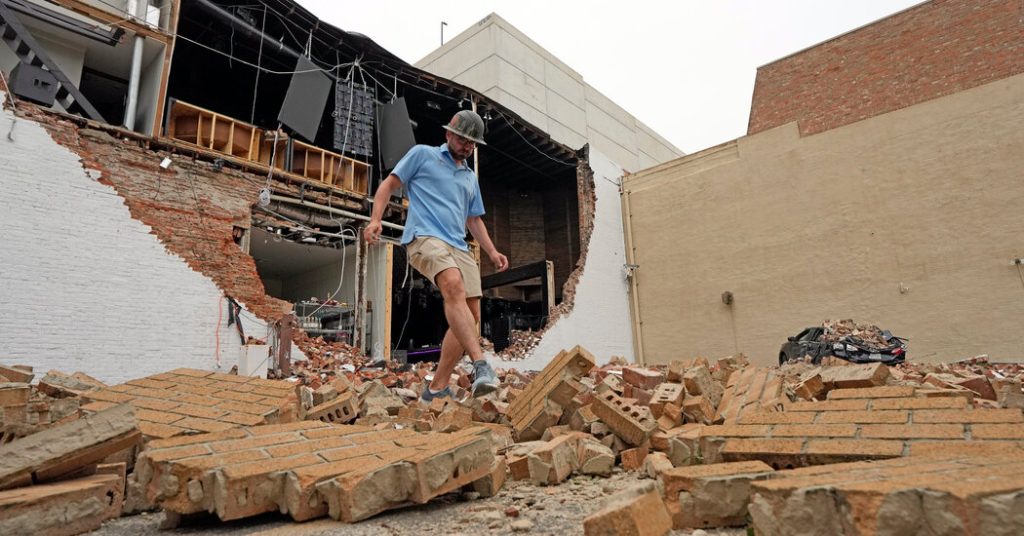Severe storms that leave behind a trail of destruction similar to a hurricane have been sweeping through the United States, including recent events in Houston and the Gulf Coast. These storms bring not only rain and flooding but also hail, tornadoes, and powerful winds. Climate change is making conditions more favorable for such storms, with warmer air holding more moisture leading to increased rainfall. The heat energy released from condensation feeds thunderstorms, resulting in stronger storms. Global warming may also increase atmospheric instability, providing more energy for storms to lift moist air rapidly into the sky. However, scientists are still researching how these changes are affecting overall storm trends.
While the ingredients for powerful storms are present, there are numerous other factors that influence the formation and destructiveness of storms. This complexity makes it difficult to determine the precise impact of global warming on storm patterns. Although tornadoes do not appear to be increasing in frequency or intensity, they are occurring in more concentrated bursts. Thunderstorms can also produce straight-line winds that cause significant damage. Research shows that larger areas in the central United States are experiencing these straight-line gusts compared to decades ago.
The insurance industry is feeling the financial impact of severe thunderstorms, with insurers facing losses on homeowner coverage due to storm damage. These losses are not limited to coastal areas affected by hurricanes but are also occurring in states like Iowa, Arkansas, and Ohio. The accumulated losses from thunderstorms are nearing those from hurricanes, highlighting the significant financial burden these storms are placing on insurers. Homeowners in areas prone to severe weather may see increased insurance premiums or limitations on coverage as insurers navigate the challenges posed by climate change and its impact on severe storms.
Overall, global warming is creating conditions that lead to more intense and destructive severe storms. Warmer air holding more moisture results in increased rainfall and stronger storms, while atmospheric instability fuels the energy needed for convective storms. While the exact impact of climate change on storm patterns is still being researched, there is evidence of changes such as more concentrated bursts of tornadoes and increased prevalence of straight-line winds from thunderstorms. The insurance industry is already feeling the financial strain of these severe storms, with losses from thunderstorm damage rivaling those from hurricanes. As storms continue to intensify, homeowners and insurers alike must adapt to the changing landscape of severe weather in a warming climate.








